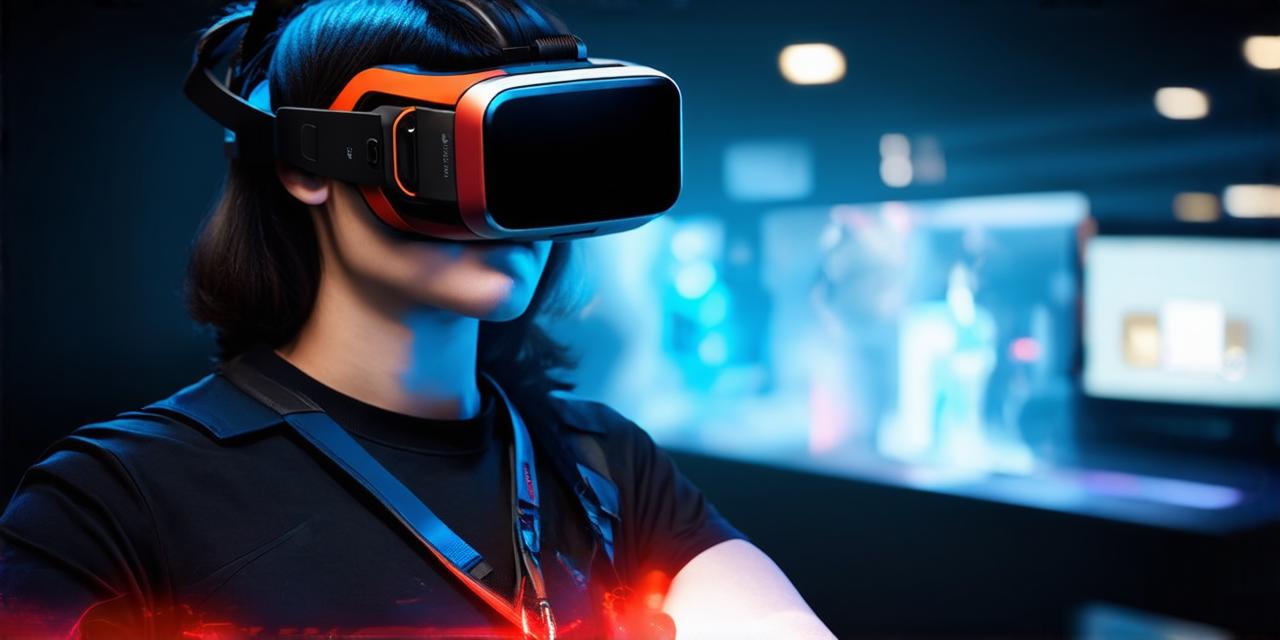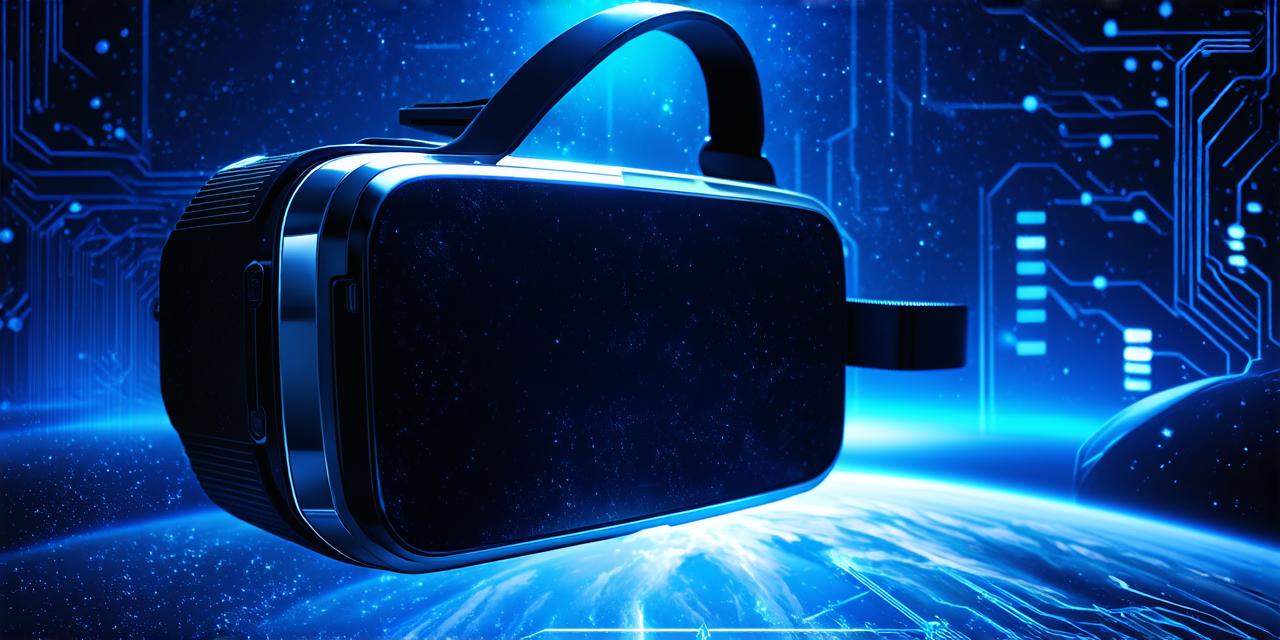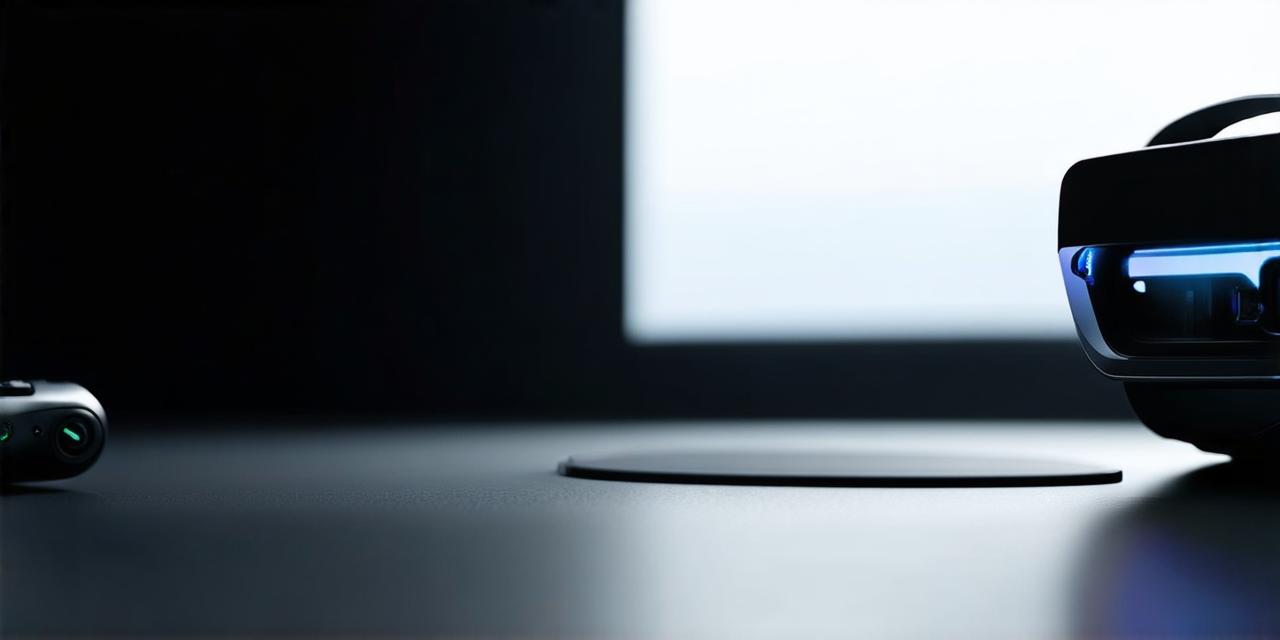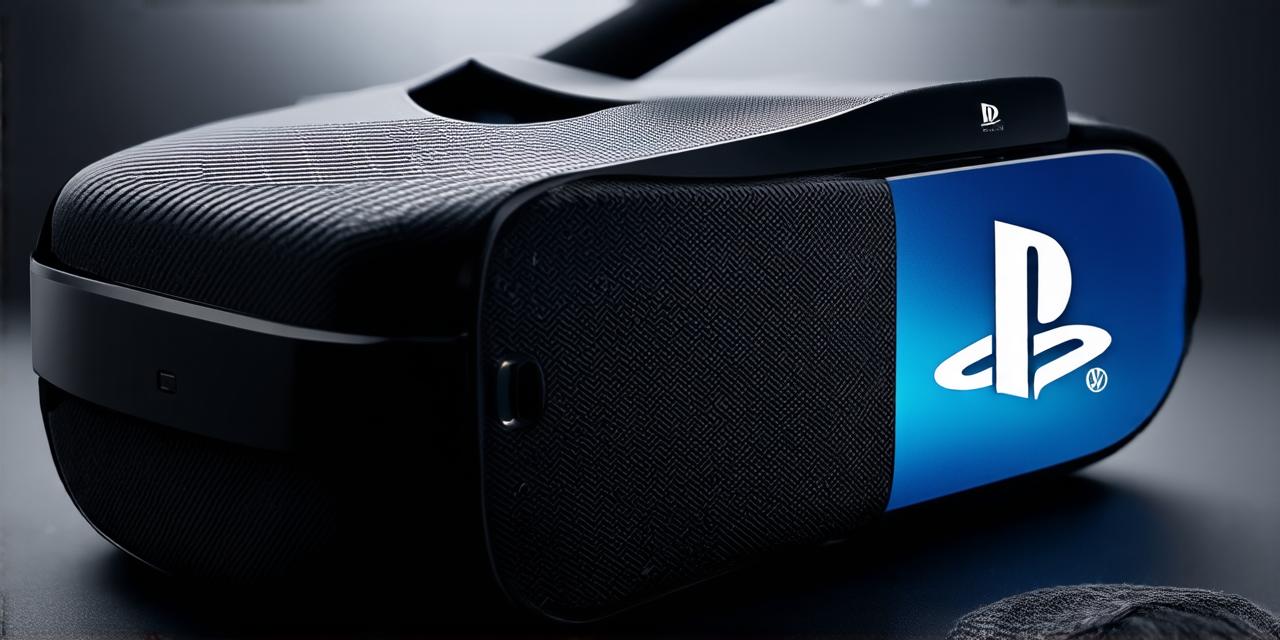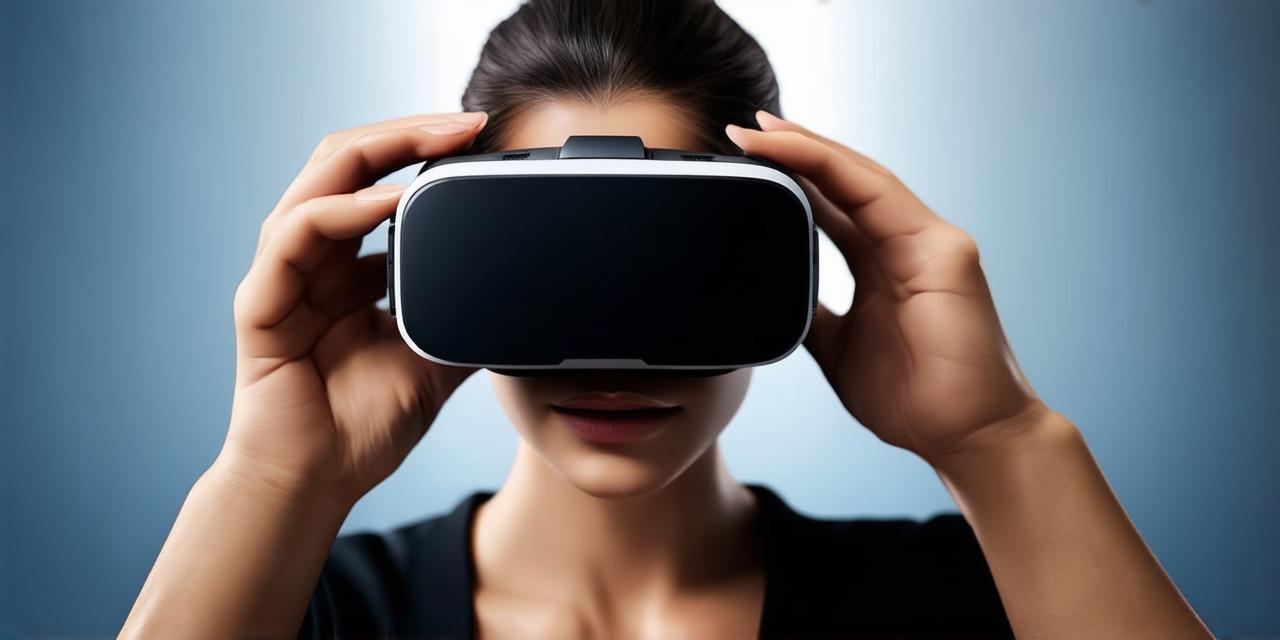What is Virtual Reality?
Virtual reality is a computer-generated simulation that allows users to interact with a digital environment as if they were physically present. VR technology can be experienced through a head-mounted display (HMD) or other wearable devices, such as gloves or haptic vests. The immersive experience of VR technology is achieved through stereoscopic displays, motion tracking, and haptic feedback systems that simulate the movement and sensation of the user’s body in real-time.
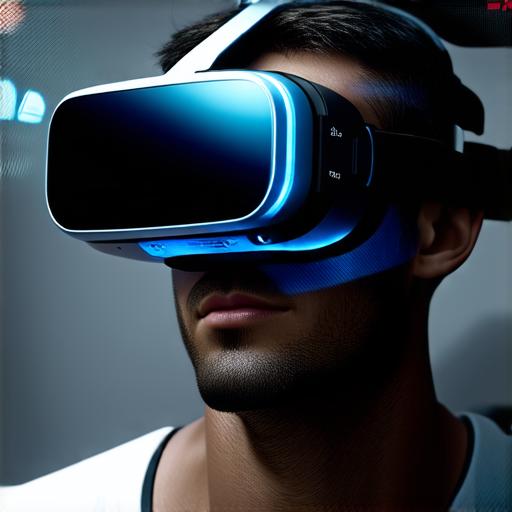
Applications of Virtual Reality in AR Development
Virtual reality can be used to create more immersive and engaging AR experiences. Here are some examples of how VR technology can be applied in AR development:
- Training and Simulation
VR technology can be used for training purposes, such as simulating real-life scenarios for medical professionals or military personnel. These simulations can provide a safe and controlled environment to practice skills and improve performance. By using VR technology, users can experience the same challenges and obstacles they would encounter in the real world without any risk.2. Product Visualization
VR technology can be used for product visualization and prototyping. In AR development, VR technology can be used to create 3D models of products that can be viewed from different angles and perspectives. This allows designers to see how the product will look and function in real-life situations, making it easier to make adjustments and improvements before going into production.
3. Gaming and Entertainment
VR technology has revolutionized gaming and entertainment, providing users with a more immersive experience. With VR technology, users can enter a virtual world and interact with the environment as if they were physically present. This creates an engaging and interactive gaming experience that is not possible with traditional gaming methods.
4. Education and Learning
VR technology can be used in education and learning to provide a more immersive and engaging learning experience. By using VR technology, students can explore historical events, scientific concepts, and cultural traditions in a virtual environment. This allows them to gain a deeper understanding of the subject matter and retain information better than traditional methods.
- Real Estate and Interior Design
VR technology can be used in real estate and interior design to create virtual tours of properties and visualize different design options. By using VR technology, users can experience the property as if they were physically present, making it easier to make informed decisions about buying or renting a property.6. Fitness and Health
VR technology can be used in fitness and health to provide users with an immersive workout experience. With VR technology, users can exercise in virtual environments that simulate real-life situations, such as hiking or boxing. This creates a more engaging and enjoyable workout experience that can motivate users to stay active and healthy.
Examples of Virtual Reality in AR Development
Here are some examples of virtual reality being used in AR development:
- Virtual Closet
Virtual Closet is an AR app that allows users to visualize different clothing and fashion options in a virtual environment. The app uses VR technology to create 3D models of the items, allowing users to see how they would look and fit on their body before making a purchase. This app has become increasingly popular with fashion retailers as it provides customers with a more personalized shopping experience.
virtual closet2. Virtual Showrooms
Virtual showrooms are becoming increasingly popular in the real estate industry, allowing potential buyers to explore properties and visualize different design options in a virtual environment. By using VR technology, users can experience the property as if they were physically present, providing them with a more immersive and engaging buying experience. This has been shown to increase customer engagement and lead to higher conversion rates for real estate agents.
virtual showrooms3. Virtual Training
Virtual training is being used in various industries to provide employees with immersive learning experiences. For example, medical professionals can use VR technology to simulate surgeries and practice their skills in a safe and controlled environment. This has been shown to improve performance and reduce the risk of errors during actual procedures.
virtual training4. Virtual Product Visualization
Virtual product visualization is being used by manufacturers and designers to create 3D models of products that can be viewed from different angles and perspectives. This allows them to see how the product will look and function in real-life situations, making it easier to make adjustments and improvements before going into production. This has been shown to reduce errors and improve efficiency in manufacturing processes.
virtual product visualization5. Virtual Tourism
Virtual tourism is being used to provide travelers with immersive experiences that simulate real-life travels without the need for physical movement. For example, users can take a virtual tour of famous landmarks or historical sites from the comfort of their own homes. This has become increasingly popular during the COVID-19 pandemic as people are unable to travel physically.
virtual tourismConclusion
Virtual reality is an exciting technology that has numerous applications in AR development. From training and simulation to gaming and entertainment, VR technology can be used to create more immersive and engaging AR experiences. As AR developers, it’s important to stay up-to-date with the latest trends and developments in VR technology to create more innovative and impactful AR experiences for users. By incorporating VR technology into AR development, we can create a more engaging and interactive world that connects people with their surroundings in new and exciting ways.
